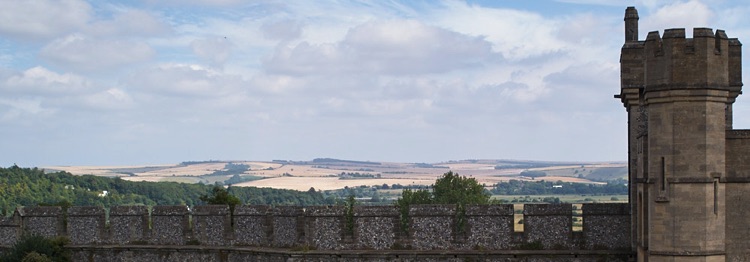1095
Year
The Crusades
Event
Origin
The crusades were a series of loosely allied military campaigns from eleventh to sixteenth centuries conducted by Christian forces trying to turn back the Muslim conquest of the near east, in particular so that Christian pilgrims would retain access to Palestine and Jerusalem. At the council of Clermont in 1095, Pope Urban II called for Christians in western europe to take of up arms against the Muslims. Crusading was a combination of military service and pilgrimage and such service in the name of God could provide a crusader a path to salvation. While some crusaders viewed their cause as serving christianity, many took the opportunity plunder the towns and lands they passed through.
Crusader Crosses
The term crusade is a modern, rather than a medieval term, and was derived from the latin crucesignati, meaning those signed by the cross. Crusaders typically stitched a small fabric cross on the breast of their tunics. In order to protect their souls from the dangers of the trip to the holy land, it was not unusual for crusaders to scratch a cross on the wall of a church. The down stroke of the cross was drawn prior to the crusaders departure, with the cross to be completed on the crusaders return. A number of these crosses may be seen in Sussex churches, especially at ports where the crusaders departed England. Some examples of crusader may be seen at St Nicholas, Pevensey and St Mary De Haura, New Shoreham.
Sussex Crusaders
The third crusade is more often thought of as the English crusade with the English forces under the command of King Richard I. Knights and men at arms from Sussex did serve under Richard I, however some of the Sussex Norman lords did participate in the earlier crusades. Philip of Bellême, son of Roger of Montgomery, the Lord of Arundel and Edith de Warenne, daughter of William de Warenne of Lewes accompanied her husband Gerard de Gournay on the first crusade. Prior to joining the second crusade William de Warenne II gave land to the priory of St Pancras in Lewes for the protection of his and his families souls.

Sussex Timeline


